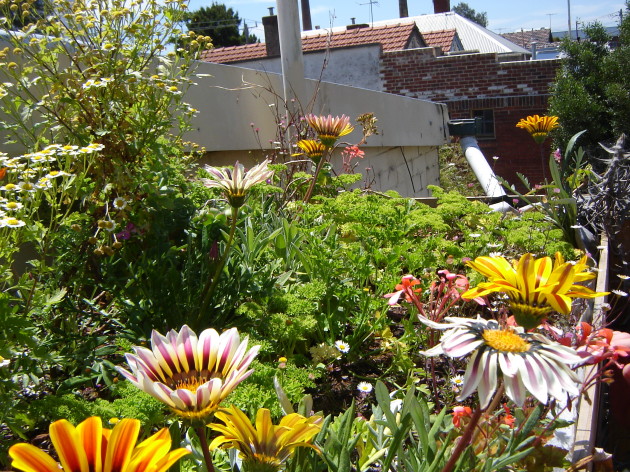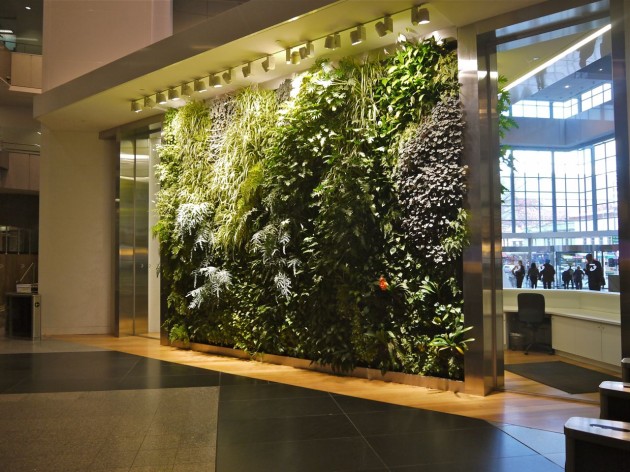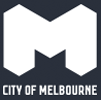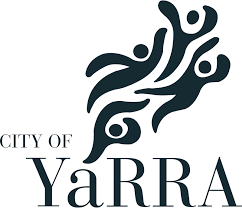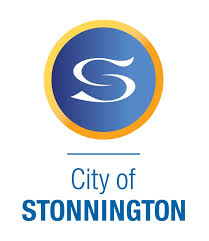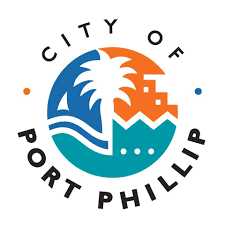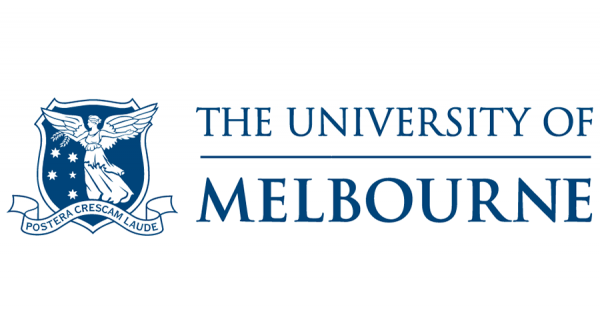Growing Green Guide
A guide for the construction of green roofs, walls and facades destined for local communities and industry.

Overview of the project
The Project
The guide is destined for professionals, such as local community and industry personnel, who may be involved in the design, construction and maintenance of green roofs, walls and facades. It is also of interest for real estate developers, property owners, as well as local and federal governments.
The Growing Green Guide project makes it possible to pass on an important heritage, thanks to the implementation of several projects and actions in this domain, notably:
- Since 2014 the Growing Green Guide is published under a royalty-free license to encourage regular updates and use of the information in a variety of locations; there has already been interest in reproduction of our work internationally;
- Policy proposals to address urban heat islands;
- In-depth research on green roofs, walls and facades to improve their performance; and
- An increase in the number of quality green roofs and walls in each partner municipality.
Context
Melbourne’s paved roads capture far too much heat in summer. Excessive heat leads to health problems, increased energy consumption, and a lower quality of life. Climate change, exacerbated by urban growth, will result in higher temperatures in the coming years.
The city must equally cope with rainwater runoff and flooding caused by heavy storms. Green roofs, walls and facades can shade and insulate buildings, provide habitats for wildlife, reduce noise and transfer heat. Local industry sought information and advice to raise awareness and promote interest in green roofs, walls and facades in Australia.
Provide advice on the design, construction and maintenance of green roofs, walls and facades. This tool was created to strengthen the adaptive capacity and climate resilience of local communities and private industry.
Networking, internationalisation
The guide has been downloaded more than 150,000 times for use by a variety of stakeholders.
The reasons for this success are:
- A commitment to regular participation and a strong collaborative approach within the project team.
- Partnerships with researchers that allowed the team to access innovative thinking.
- Partnerships with the federal government in this area provided early buy-in to the project and access to a variety of ideas and perspectives.
- The project was designed to respond to an identified need, in the absence of guidelines in Australia on this topic.
The project was financed by the Victoria State government's Victorian Adaptation and Sustainability Partnership and by the committees of the Inner Melbourne Action Plan.
organisation
The Inner Melbourne Action Plan – IMAP is a collaborative partnership between the municipalities of Melbourne, Port Phillip, Stonnington, Yarra and Maribyrong. The municipal councils work together in order to improve the quality of the living environment, as well as enhancing the attractivity and prosperity of the region.
The first action plan was adopted in 2006 in response to the demands of “Melbource 2030”, the local governmental roadmap to ensure sustainable growth and change across the Melbourne metropolis (transportation, buildings, housing, etc.).
The action plan enables a collaborative and concrete approach to the sustainable improvement and growth of Melbourne.
in collaboration



